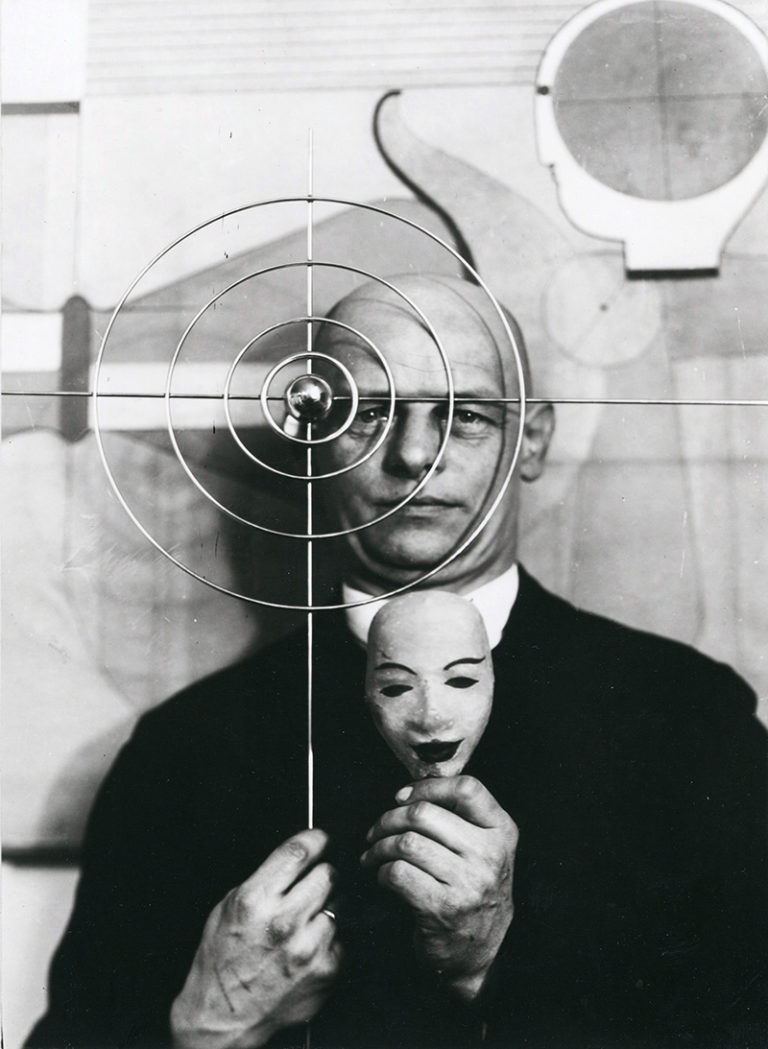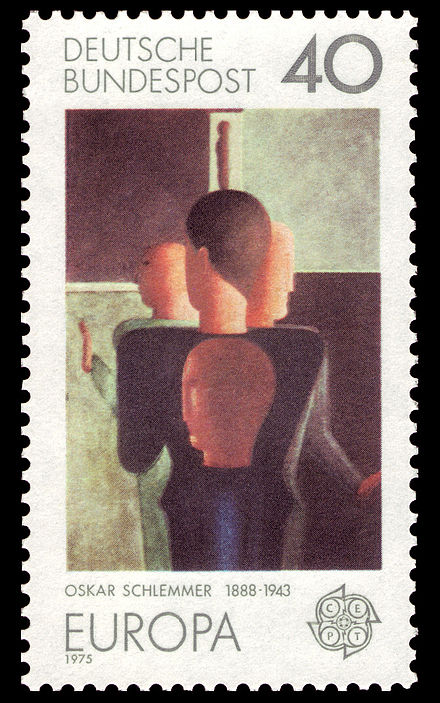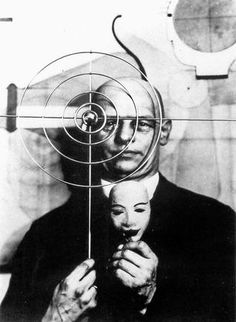
1888 - 1943
Oskar Schlemmer

description
A German representative of avant-garde, a prominent artist, sculptor, master of monumental painting, as well as a choreographer, theater designer and art theorist. For about 10 years he worked at the famous Bauhaus school of art and industry (Bauhaus, Weimar), developing the training course “Der Mensch” (Man), which was based on the synthesis of the techniques of several artistic disciplines and different styles. Oscar Schlemmer made a significant contribution to the art of scenography, creating design and choreography for several operas and ballets. The artist’s paintings were included in the list of “degenerative”; he was forbidden to paint and work as a teacher at art schools.
Key ideas:
– The artworks of Oscar Schlemmer cover a huge range of different styles of fine art and major movements of the 20th century. He used both the latest forms of cubism and geometric abstraction, as well as the techniques of metaphysical painting (Pittura Metafisica) and classicism in a landscape or portrait.
– Around the mid-1910s, the main theme of his paintings formed – the depiction of human figures in a geometric half-abstract manner, which makes them look like a fashioned object or a fanciful ornament on a neutral background.
– The artist’s work during his teaching in the Bauhaus was influenced by his passion for theater. As a rule, his canvases depict stylized faceless female figures. Schlemmer used the techniques of cubism and neo-impressionism as a springboard for his structural studies in the field of the possibilities of sculptured figures, and studied their relationship with space, as demonstrated in the “Egocentric Cosmic Lines” (1924).
– People remained the predominant object of his paintings, and later the artist became the author of a multidisciplinary course for students “Der Mensch (Man)”. He represented bodies as architectural forms, reduced figures to a rhythmic play between concave, convex and flat surfaces. In addition, he was fascinated by every human movement, trying to reflect it in his work. It was in human form that he saw a measure that could withstand the disunity of the society of his time. Schlemmer’s characteristic forms can be seen in his sculptures, as well as in his stage design (especially in the design of the opera «The Nightingale» and the ballet «Renard» by I. Stravinsky in 1929).
– Over time, the number of characters in the artist’s paintings decreased noticeably; the master placed them on a clearly divided surface of the canvas in a construction similar to choreographic steps and achieved universal harmony.
– The Nazis completely banned the artist from painting soon after the termination of his cooperation with the Academy and after banning him from teaching. In the late period, the artist’s style changed to a more modest one, the figures on them were closer to each other, the shapes became more rounded, and the colour schemes were softer. Schlemmer often used warm shades and a dark palette in his latest series of “Window Watercolours”.
1888
1905 - 1909
1910
1920
1923 - 1928
1929 - 1935
1940
1943
Oskar Schlemmer was born
He studied at the Stuttgart School of Arts and Crafts

Moved to Berlin

Married Helena Tutein

In Weimar, the painter became the main artist of the Bauhaus Theater

He worked as a professor at the Breslau Academy

He worked in Wuppertal at the institute

Oskar Schlemmer died

